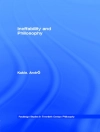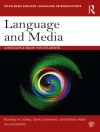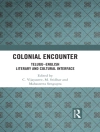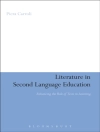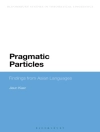Crosslinguistic influence is an established area of second language research, and as such, it has been subject to extensive scrutiny. Although the field has come a long way in understanding its general character, many issues still remain a conundrum, for example, why does transfer appear selective, and why does transfer never seem to go away for certain linguistic elements? Unlike most existing studies, which have focused on transfer at the surface form level, the present volume examines the relationship between thought and language, in particular thought as shaped by first language development and use, and its interaction with second language use. The chapters in this collection conceptually explore and empirically investigate the relevance of Slobin’s Thinking-for-Speaking Hypothesis to adult second language acquisition, offering compelling and enlightening evidence of the fundamental nature of crosslinguistic influence in adult second language acquisition.
Содержание
Chapter 1 Motion in Danish as a Second Language: Does the Learner’s L1 Make a Difference? — Teresa Cadierno
Chapter 2 The Role of Thinking for Speaking in Adult L2 Speech: The Case of (Non)Unidirectionality Encoding by American Learners of Russian — Viktoria Driagina-Hasko
Chapter 3 Can a L2 Speaker’s Patterns of Thinking for Speaking Change? — Gale A. Stam
Chapter 4 Thinking for Speaking and Immediate Memory for Spatial Relations — Kenny R. Coventry, Berenice Valdés & Pedro Guijarro-Fuentes
Chapter 5 The Gloss Trap — David Stringer
Chapter 6 Linguistic Effects on Thinking for Writing: The Case of Articles in L2 English — Monika Ekiert
Chapter 7 Grammatical Morpheme Inadequacy as a Function of Linguistic Relativity: A Longitudinal Case Study — Zhao Hong Han
Chapter 8 Conclusion: On the Interdependence of Conceptual Transfer and Relativity Studies — Terence Odlin
Об авторе
Teresa Cadierno is Full Professor at the Department of Language of Communication at the University of Southern Denmark. Her research interests include instructed second language acquisition, with a special focus on the acquisition of grammar by L2 learners, L2 input processing and the role of formal instruction in L2 acquisition; and applied cognitive linguistics, especially the acquisition of L2 constructions for the expression of motion events and the investigation of re-thinking for speaking processes in a foreign language.


